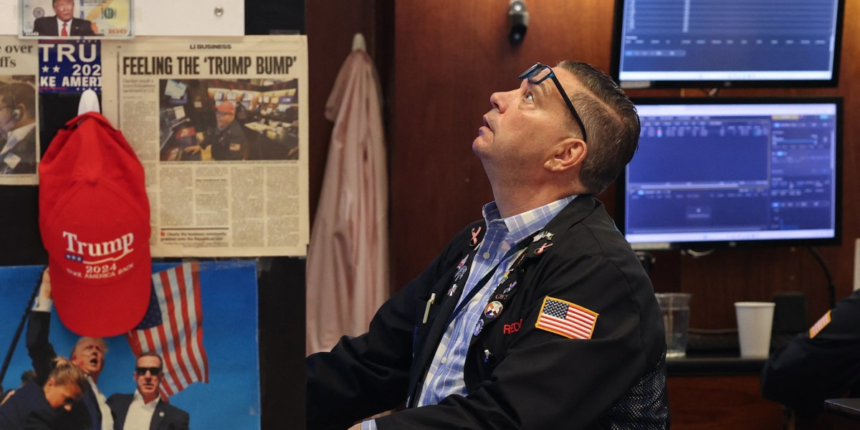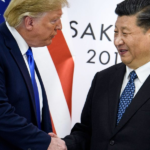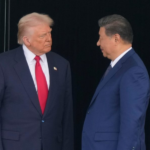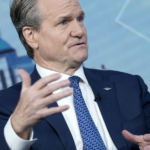Private capital, defined by the bank as assets not available on public markets, includes private equity, private credit and real assets. It has multiplied at a staggering pace, more than doubling since 2012 to $22 trillion by 2024. This explosion has been driven by a retreat from public markets. Since 2000, the number of U.S.-listed companies has halved to just over 4,000, even as the number of private venture-backed firms soared 25-fold. Startups now remain private for an average of 16 years, a third longer than a decade ago, reflecting a broad shift toward private capital and away from public scrutiny and regulation.
The world’s most transformative firms aren’t found on the stock market ticker, BofA argues. Just as public stock markets have a “Magnificent 7,” so there is a “Private Magnificent 7” of “hectocorns,” each valued at $100 billion or more and growing. BofA’s Thematic Research team estimates that their combined valuations have skyrocketed nearly fivefold since 2023 to $1.4 trillion. They evaluated the top 16 companies in the space, representing $1.5 trillion in value, an astonishing 1% of global GDP. There are many other “decacorns” (valued at $10 billion+) and unicorns below them in the list.
For investors, BofA finds that private equity has notably outperformed the S&P 500 over this period, by six percentage points per year on average. And there are other benefits to privacy, BofA analysts add: “In the time spent on financial regulation paperwork every year, 12 Great Pyramids of Giza could be built.”
The tectonic shift toward private investing carries enormous implications for society. BofA analysts note that as private firms scale, they shape how technology develops, how jobs are created, and how risks are managed. The top 120 private unicorns now boast a total valuation roughly equal to Germany’s entire market cap, signaling their outsized influence on the global stage.
These firms are so flush with capital and assets, Rossman said, that he sees the private capital boom facilitating the growth of alternative platforms to public markets. “You could see an age when private equity, private capital allows companies to remain in a private format for longer. And if 401(k)s get opened up” for private equity investments, he added, he could envision some kind of investment platform where wealth advisors could invest money just as freely in the private capital space as they can now in equities. “And that would give you exposure to a much broader part of the economy than just what’s public.”
More generally, Rossman added, the world of finance is undergoing many changes. “I think there’s a technology change, a generational change, and then finally, the structural change [that] may be the most important is the growth of mutual fund investing.” Instead of seeing private capital as a shadowy and risky thing, Rossman argued it is opening up more kinds of companies to investment, and that will likely grow, even mutate in surprising ways to many investors.
Rossman recalled buying his first mutual fund through a leading asset manager in the late 1990s: “It cost 300 basis points, three percentage points to join, and they would select 28 interesting technology companies … and then, oh, the expense ratio would be two-and-a-half, 250 basis points a year.” Today, he said, the index-fund revolution has democratized access to the point where you can get the same fund for just 5, 15 or 25 basis points. “It’s just so incredible.”
As the line between public and private capital blurs, the $22 trillion world of private capital is not just a financial story—it’s a signpost for how our economies, companies, and innovations will be built and valued in the years to come. With private assets rivaling the size of national economies and the biggest names in tech betting big outside the public eye, top analysts believe this is a revolution that’s just getting started.









